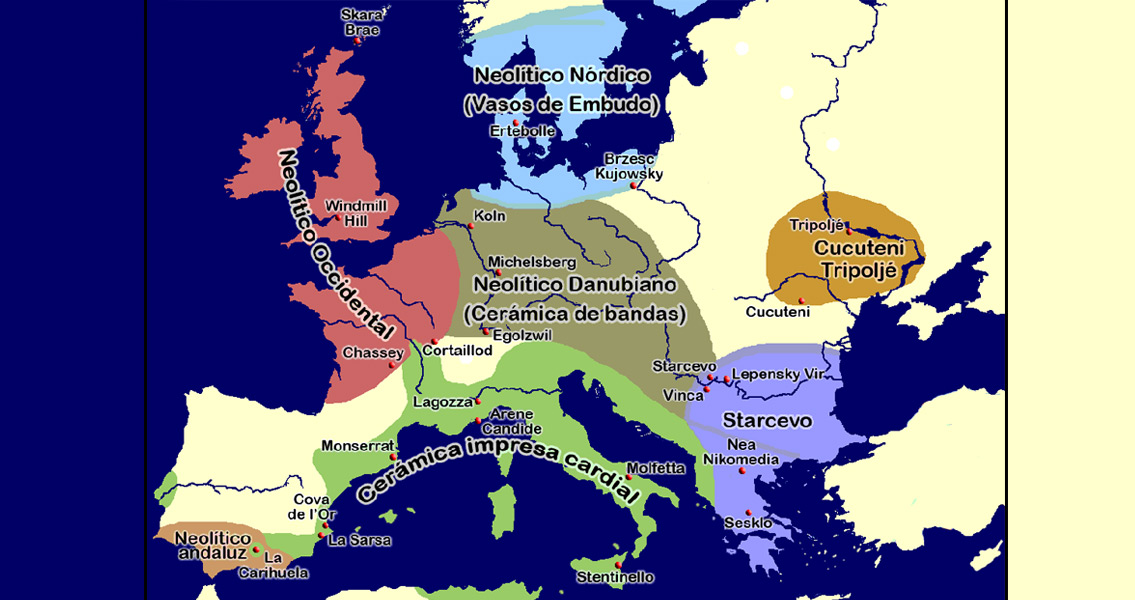<![CDATA[A 6,000 year old burial pit found in eastern France has revealed the grisly fact that the deceased within were victims of gruesome violence. Discovered two meters beneath the surface in Bergheim, the burial pit was found chock-full of a jumble of human remains, carelessly deposited there in the aftermath of a particularly violent conflict. At the very bottom of the pit were the skeletal remains of seven severed arms, while the layers above had the remains of seven individual skeletal corpses. The cherry on top of this horrifying sundae was a skull fragment of a human child, according to Antea Archéologie’s Fanny Chenal, the anthropologist responsible for leading the team of scientists that investigated the remains. The total tally of the dead includes a pair of men, one woman, and a quartet of children, Chenal and her colleagues say in a recently published research study. Some violent event such as a raid was likely how the victims lost their lives, as the left arms at the bottom of the pit show evidence of being removed by sharp chopping implements like axes. Additionally, the bottom of the pit has several scattered hand bones, suggesting that the hands were cut to pieces in a deliberate act of cruelty or destruction. Not all those left arms may belong to the deceased that were tossed into the pit after them, Chenal’s group discovered. In fact, all but one of the skeletons have both arms intact – the one skeleton lacking a left arm, the single male found within the pit, also sports evidence of savage blows to his skull. So far, there has been no indication that his missing arm is at the bottom of the pit. The obsession with left arms on the part of the attackers is a mystery to Chenal and her colleagues, though they do suggest that the appendages might have been claimed as grisly war trophies. It was common to dispose of the dead in circular pits in Central and Western European farming communities during the Neolithic period, which stretched from between 6,500 and 5,500 years in the past. The age of the bones, as determined through radiocarbon dating, provides support for this, as the skeletal remains were dated to around 6,000 years ago. While Neolithic burial pits have been studied for more than a century, the one discovered in Bergheim is the first of its kind to indicate individuals that were killed in conflicts or raids were also buried in the same manner. The new discovery is likely to revitalize scholarship into these Neolithic burial pits, as a large number of researchers have been hard-pressed to lay the secrets of these pits bare. Theories to their use include the pits being repurposed storage silos reserved for disposing of the dead of low social class. For more information: www.journals.cambridge.org ]]>
Neolithic Burial Pit Filled With Victims of Violence
